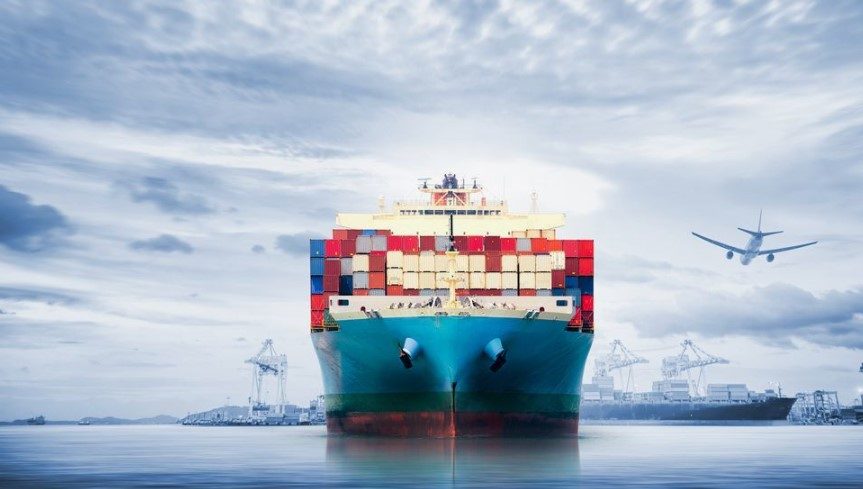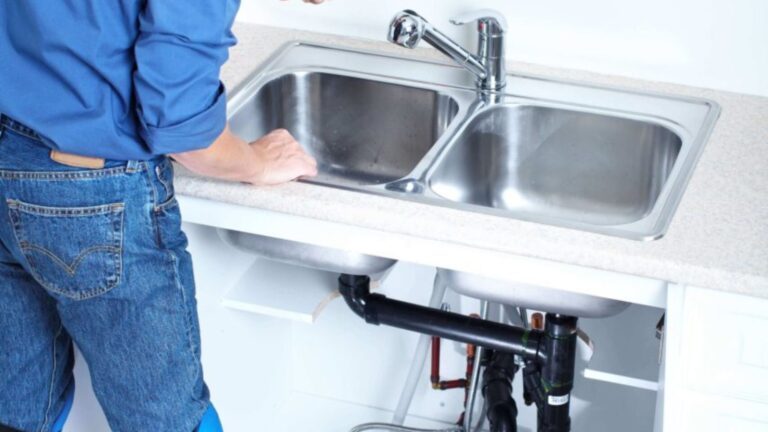Shipping goods across oceans may seem like a smooth sail, but the journey is often far from calm. Behind every container lies a web of planning, timing, and teamwork. Sea freight companies must navigate shifting weather, port hold-ups, and unexpected damage with steady hands.
When setbacks strike, how do these companies respond? From swift reroutes to quick damage checks, the process is more dynamic than many realise. In this blog, we uncover how ocean carriers tackle delays and protect your cargo when the seas turn rough.
Why Do Delays Happen
Ocean freight faces many hurdles. Storms, port congestion, or customs issues can hold back delivery schedules. Rather than ignore these problems, Sea cargo operators act quickly to reduce their impact.
- Ships may reroute to dodge severe weather.
- Port teams stay longer to clear backlogs.
- Customs agents sort documents to speed up checks.
Companies also rely on tracking tools that update clients in real time. These alerts help shippers adjust their plans and ease worries before they grow.
How Do They Tackle Damages
Goods can suffer harm from rough handling, humidity, or stacking errors. When that happens, freight teams inspect the cargo and take quick steps to manage the situation.
- Staff assess the damage right at the port.
- They photograph and report any harm to the client.
- Replacement or refund plans begin without delay.
Most Sea cargo operators follow strict packing rules and train their handlers to lower the risk of such issues. Containers are sealed tightly, and fragile goods are separated to prevent bruising or breakage during transit.
What Causes Damage During Shipping
Many problems arise from a mix of human error, machinery failure, or poor packaging. Here’s how that looks in daily operations:
- Forklifts might bump cargo while loading.
- Moisture from the sea air can seep into weak packaging.
- Overloaded containers might shift and crush delicate goods.
To prevent such issues, companies double-check weight limits and secure loads using special straps and foam padding.
How Does Weather Affect Freight
Weather shapes the shipping route and schedule. A cyclone or hurricane can force ships to delay departure or take longer detours.
- Tropical storms slow down loading at ports.
- Fog can reduce visibility and halt movement entirely.
- Rough seas can damage cargo even in sealed containers.
To stay ahead of these risks, freight planners monitor satellite updates. They also keep extra fuel and supplies onboard in case of delay.
What Role Does Communication Play
Quick updates keep clients calm and cargo secure. Strong communication between ports, shipping crews, and clients makes the process smoother.
- Ports send alerts if containers get held back.
- Shipping crews notify clients about changes in route or timing.
- Carriers email reports if the cargo gets damaged or delayed.
These small updates help clients plan, reducing the chance of business disruption. It also shows that the company acts responsibly and values transparency.
How Do Delays Affect LCL Shipment Charges
Delays can sometimes raise LCL shipment charges, especially when containers sit too long at the port or need extra handling. But Sea cargo operators try hard to manage these added costs by:
- Speeding up customs checks where possible.
- Grouping similar goods to ease unloading.
- Avoid overpacking, which may lead to extra inspection.
Since LCL means several clients share the same container, one delayed shipment can affect others. That’s why freight companies keep schedules tight and documents ready.
How Do Sea Freight Companies Prevent Delays
Prevention begins before the ship even sails. Freight companies use tested systems and steps to keep shipments on time.
- They check paperwork twice before loading.
- Routes are planned with backup options.
- Port contacts confirm space in advance.
This approach not only saves time but also keeps LCL shipment charges under control. When everyone follows the process, goods move with fewer hiccups.
What Happens If Goods Are Lost
While rare, loss can happen due to theft, accidents, or mislabelling. When this occurs, Sea cargo operators follow clear steps:
- Launch an internal search and trace system.
- Inform the client and open a claim.
- Insurance teams assess the value and settle compensation.
Proper labelling and strong security reduce these risks. Most lost items get recovered within a few days once the error is found.
What Is the Role of Marine Insurance
Insurance acts as a safety net for unexpected problems. Though not always required, most companies suggest it, especially for valuable or fragile goods.
- Covers losses due to theft, fire, or accidents.
- Protects clients from huge financial hits.
- Speeds up compensation during damage claims.
Clients should check the fine print and choose the cover that suits the nature and value of their goods.
Tips for Clients to Avoid Trouble
Even clients can take simple steps to avoid common shipping problems. A little care at the start can save time, stress, and money later.
- Use sturdy, waterproof packaging.
- Mark fragile or hazardous items clearly.
- Send all documents early and double-check them.
When clients and carriers work together, delays shrink, and goods arrive on time and intact.
How Do Carriers Train Their Staff
Training shapes how teams handle goods and react to problems. Carriers invest time and effort into building smart, alert crews.
- Workers learn proper loading and unloading techniques.
- Teams practise emergency drills and damage control.
- Staff get updated on global freight rules and customs laws.
This strong foundation helps staff respond swiftly to weather issues, cargo damage, or customs delays.
The Importance of Freight Tracking Systems
Modern shipping depends on real-time tracking. GPS and smart sensors show where goods are and how they’re doing.
- Sensors alert if the temperature rises in refrigerated containers.
- GPS shows if a ship strays from its planned course.
- Clients can view updates online and get notified of any delays.
These systems build trust and reduce surprises, helping clients plan better.
Final Thoughts
Delays and damages are part of sea freight, but strong systems and trained teams keep problems small. With clear steps, solid training, and real-time tools, sea freight companies protect your cargo and help it arrive safely.
By understanding this process and taking a few smart steps, clients can reduce risk and avoid surprises, especially with LCL freight costs. Together, carriers and clients keep trade flowing smoothly across the seas.














